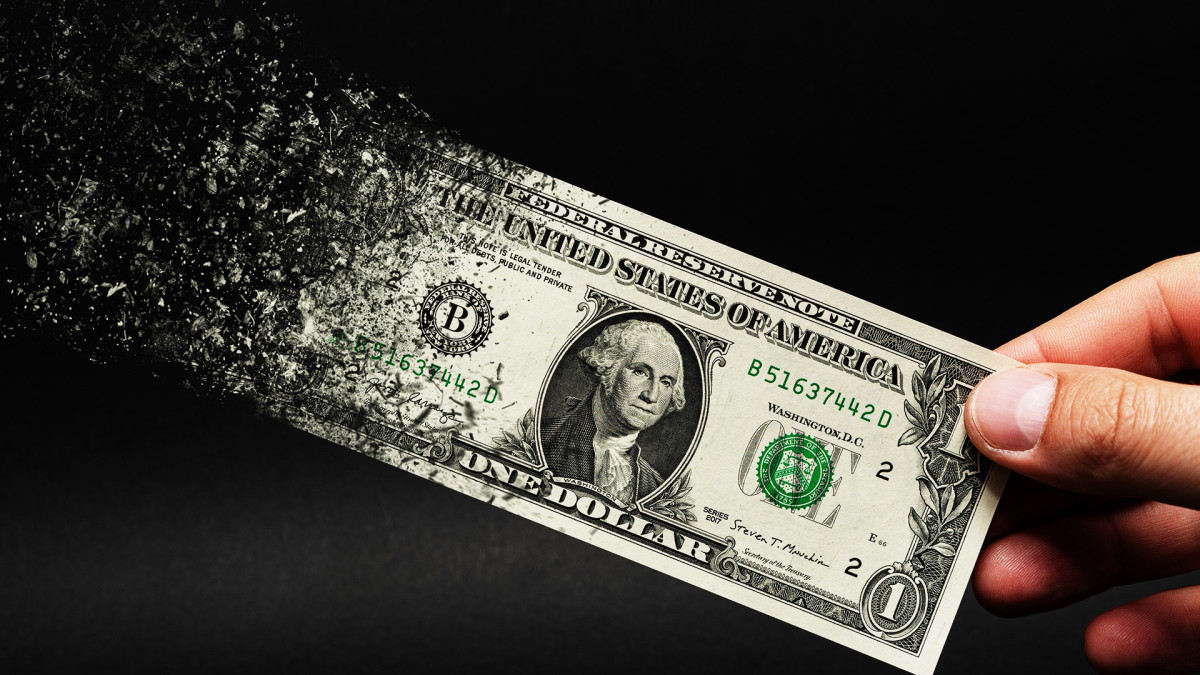
The Federal Reserve's preferred inflation gauge last month slowed to a 2 1/2-year low, adding to bets that the central bank will begin cutting interest rates in the spring of next year.
The Bureau of Economic Analysis' PCE Price Index, published Thursday, showed core prices eased to 3.5% last month, matching Wall Street's forecast and slowing from the 3.7% pace recorded in September. The reading was also the lowest since June 2021.
On a monthly basis, core pressures were up 0.2%, a modestly slower pace compared with September's 0.3% gain.
Markets often key on the bureau's core PCE price index, which the Fed considers a more accurate representation of consumer-price pressures since it blends changes in spending patterns.
The headline index, meanwhile, eased to an annual rate of 3%, matching Wall Street's forecast and falling to the lowest level since March 2021. The monthly advance was unchanged after a 0.4% advance in September.
The Bureau of Labor Statistics reported earlier this month that its headline consumer price index eased to 3.2% in October, while core prices, which strip out volatile food and energy costs, eased to a two-year low of 4%.
"The bottom line is that the core inflation threat is receding faster than the Fed expected, and likely will continue to do so," said Ian Shepherdson of Pantheon Macroeconomics.
"Chairman Jerome Powell will repeat at the next [Federal Open Market Committee] meeting that the Fed still retains the option to hike again, but the market has moved on and won’t be listening."
U.S. stocks pared gains following the data release with the S&P 500 down 3.5 points at the opening bell while the Dow gained 195 points thanks to a big 85 point boost from Salesforce (CRM) -).
Benchmark 10-year Treasury note yields were 4 basis points higher at 4.332% following the data release while 2-year notes were pegged at 4.687%.
The U.S. dollar index, which tracks the greenback against a basket of its global peers, was marked 0.43% higher from yesterday's levels at 103.210
CME Group's FedWatch is now pricing in no chance that the Fed will lift the benchmark federal funds rate by a quarter-point, to between 5.5% and 5.75%, when it meets next month in Washington. The odds of a hike in January were slashed to 4.1%.
Bets on a March rate cut, meanwhile, leaped to 47.9%, from just 11% last month, with the odds of a reduction in May pegged at 47.4%.
- Get exclusive access to portfolio managers’ stock picks and proven investing strategies with Real Money Pro. Get started now.







